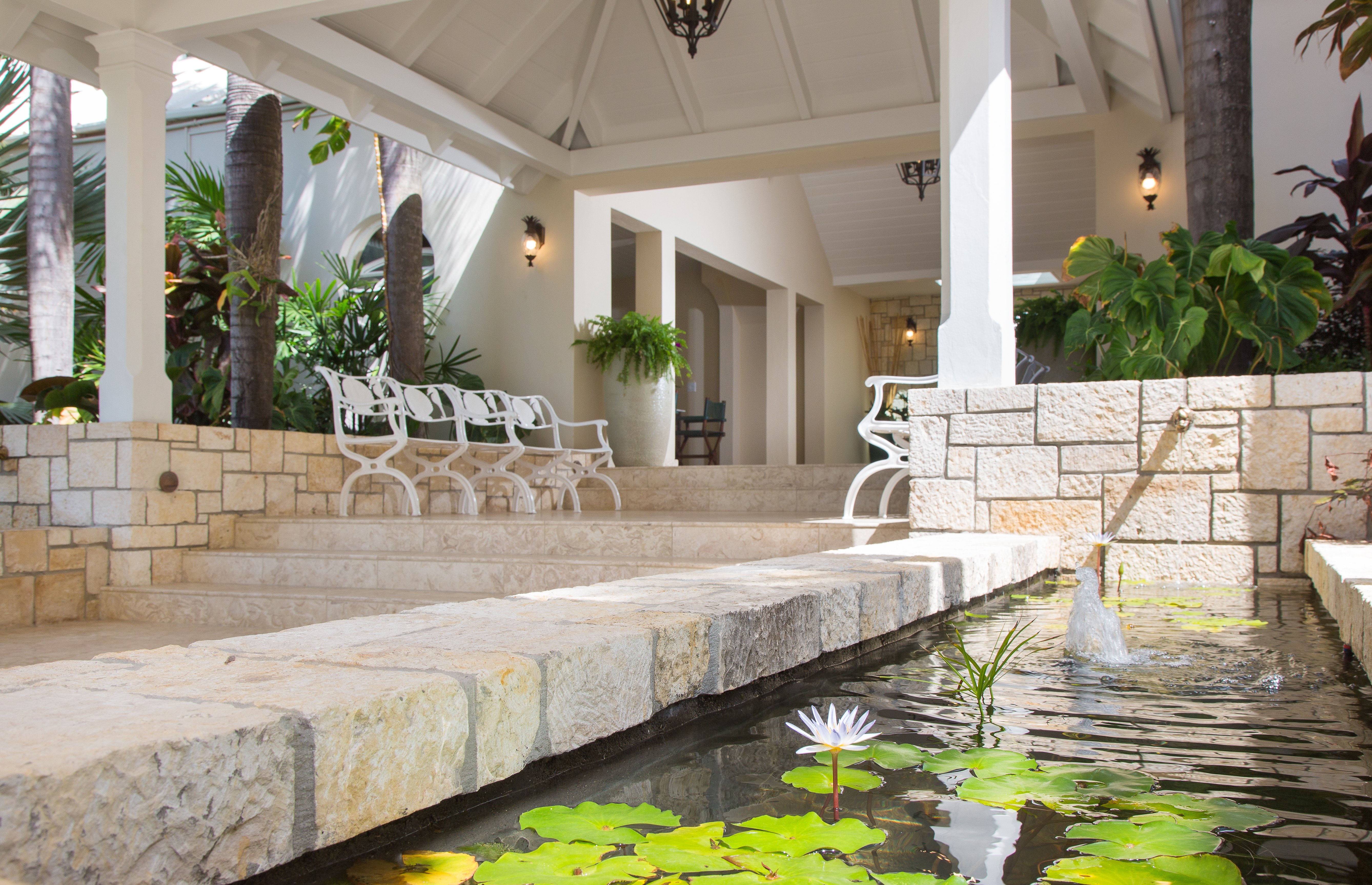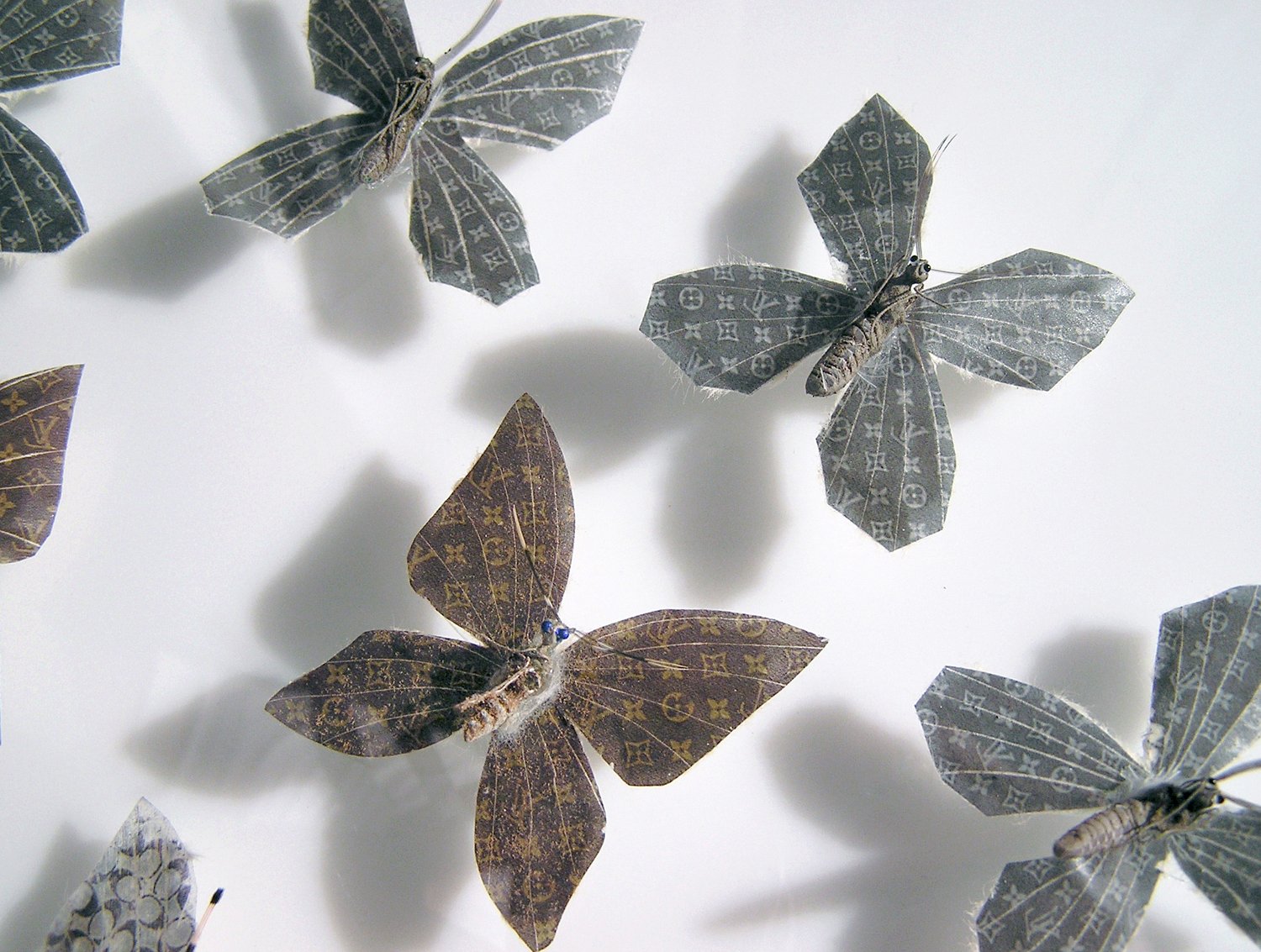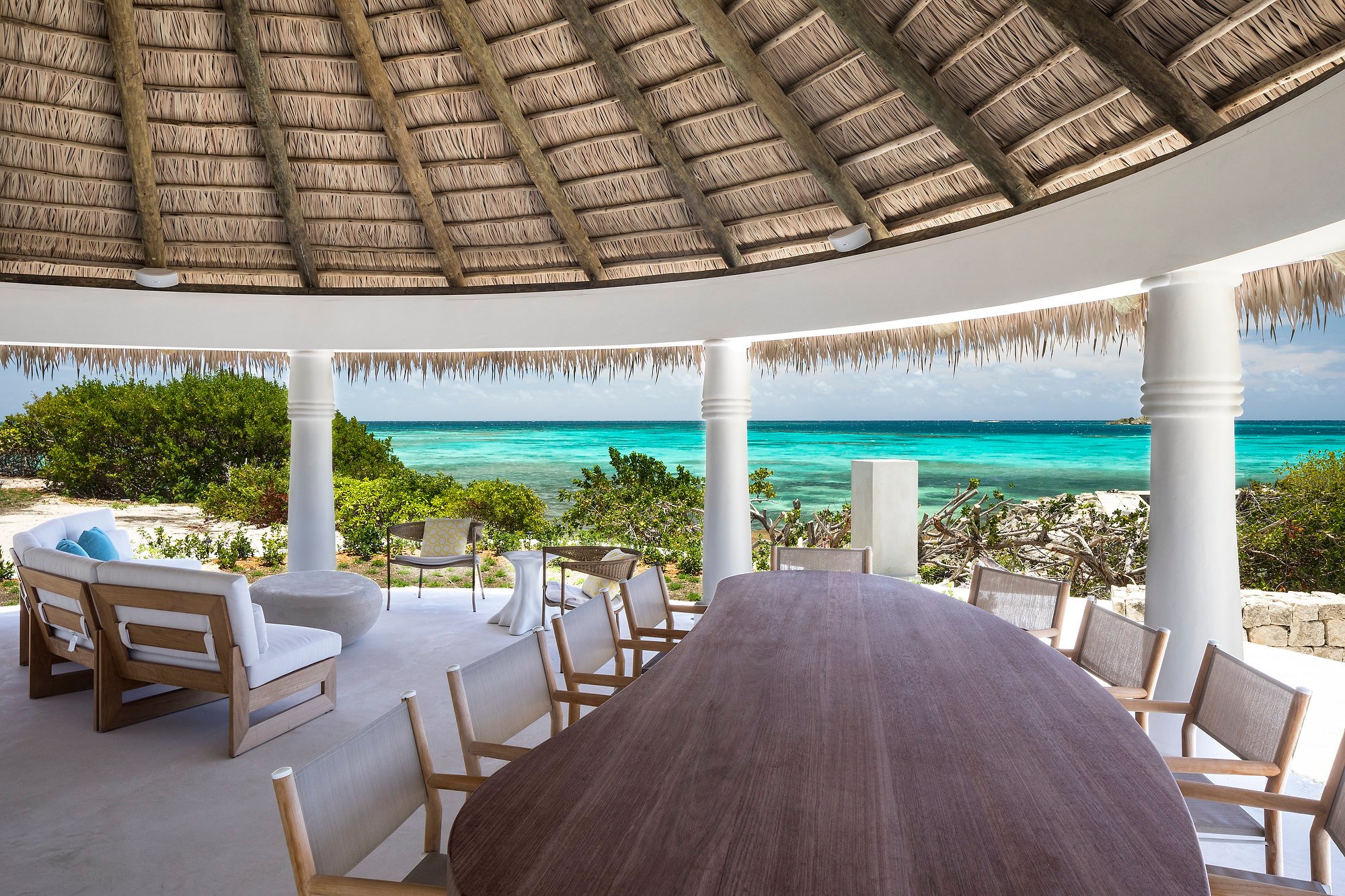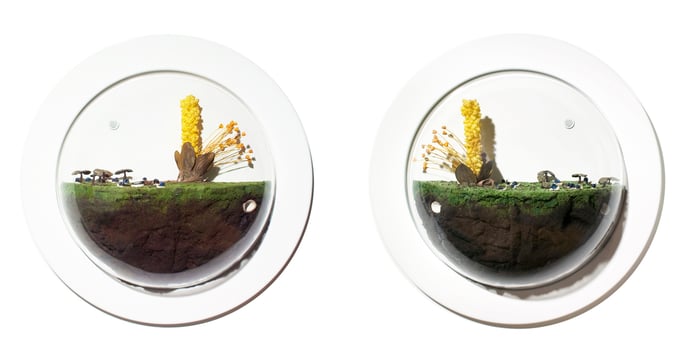Stemming from the Greek meaning love of life, biophilia describes a connection with nature and natural systems. Biophilic design dates back to ancient times when plants and animals were drawn, sculpted and carved as decorative symbols and it weaves its way through the pages of history. As a response to the Industrial Revolution, a more deliberate effort to surround oneself with nature and natural elements emerged and the term “biophilia” was coined.
Image courtesy of Brian Burkhardt
The biophilic impact on people
When surrounded by nature and natural elements, humans experience a number of psychological and physiological responses including improved creativity and cognitive function, feelings of pleasure and happiness, lower blood pressure, expedited healing, reduction of stress and enhanced overall well-being. The presence of plants reduces airborne toxins, improving air quality and contributing to wellness. And these impacts are measurable. A study from Human Spaces titled, The Global Impact of Biophilic Design in the Workplace, reveals that workers in offices with greenery and sunlight are 6% more productive, 15% more creative and report a 15% higher level of well-being.
Biophilic design in the hospitality industry
So how do these findings translate into the hospitality industry?

An emphasis on creating a unique guest experience is paramount in the current hospitality market. This is not only exhibited in guest rooms but increasingly in lobbies and communal spaces. The thoughtful collaboration of designers and hoteliers results in the transformation of these previously underutilized interior spaces and they take on a life of their own. These spaces become living areas for guests to congregate and work.
Integrating biophilic design
The integration of biophilic design elements includes the use of natural materials and forms, water features, fireplaces, artwork that reflects nature or is comprised of natural materials, green walls and of course sweeping vistas that draw attention to an establishment’s biggest asset: natural scenery.
 Image courtesy of Brian Burkhardt
Image courtesy of Brian Burkhardt
The response from guests is measurable. In a recent study by Bill Browning at Terrapin Bright Green called Biophilic Design in Hospitality, six hotel lobbies (three conventional and three biophilic) in the same geographical location were observed at three separate times during the day and guest activity was monitored. The occupants in biophilic lobbies utilized the space 12% more than that of conventional lobbies.

This study reveals that biophilic design positively impacts guests and their experience at a hotel or resort which in turn influences traveler reviews and ultimately, ROI.







